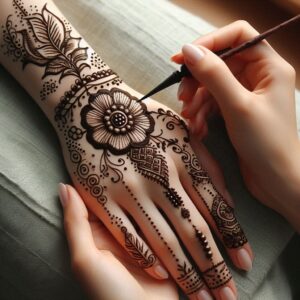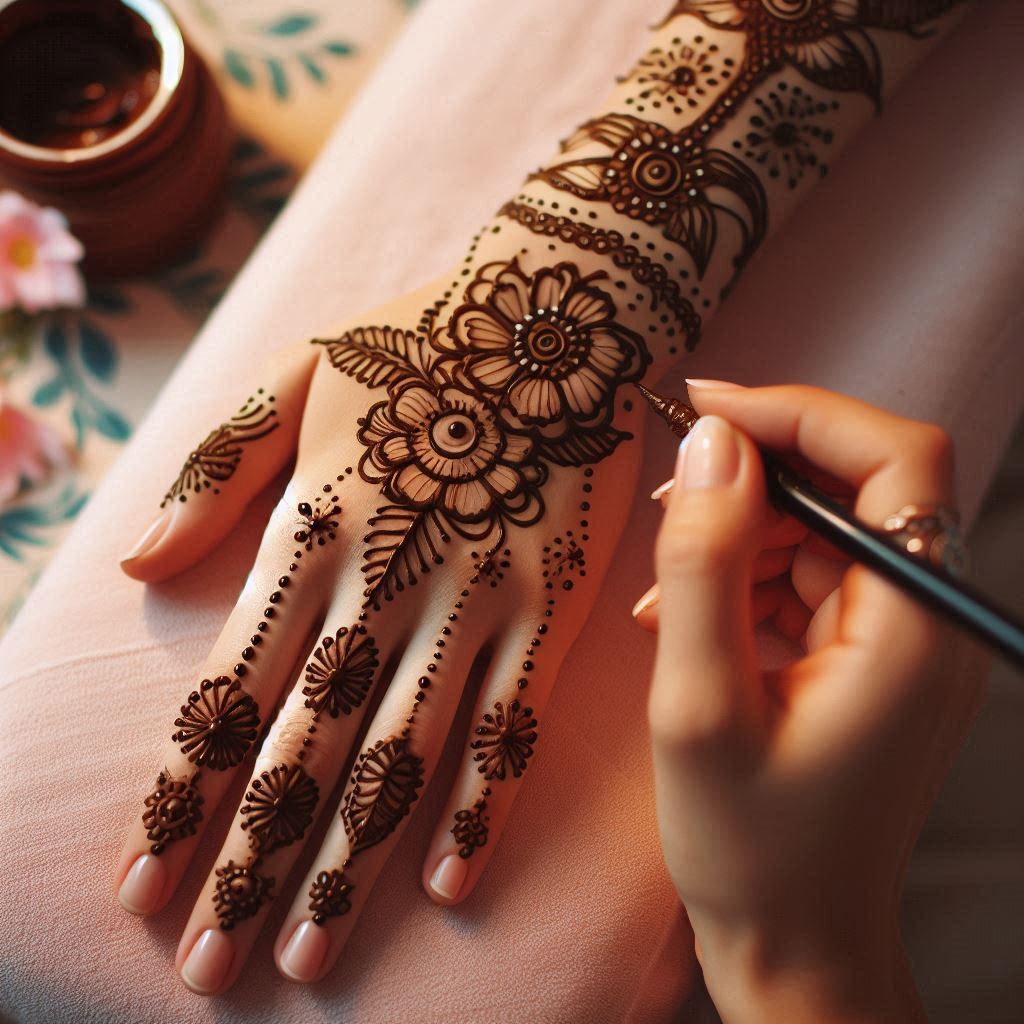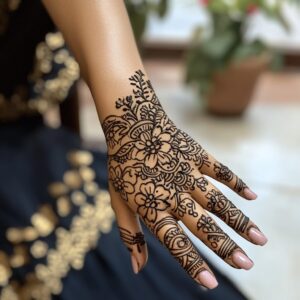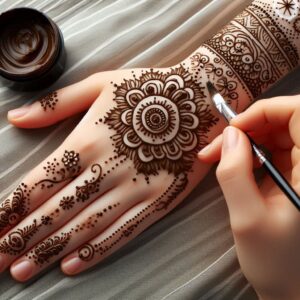Back Hand Mehndi Design: A Journey Through History and Culture
When you think of Mehndi, you probably picture intricate designs on the palms of the hands—full of delicate flowers, vines, and symbolic patterns. But have you ever thought about the back hand Mehndi designs? These designs, though often more understated, carry their own fascinating history and cultural depth.
You see, the back of the hand has always held a unique role in various cultures, especially when it comes to rituals and gestures. Whether it’s giving blessings, offering food, or exchanging gifts, the back of the hand is constantly on display, making it the perfect canvas for meaningful Mehndi art.
From Ancient Egypt to India: The Evolution of Mehndi
While most of us associate Mehndi with India, its roots actually stretch far beyond the subcontinent. Believe it or not, henna was used as far back as ancient Egypt! Back then, back hand Mehndi designs were more than just decorative—they were believed to protect and bless, even in the afterlife. Imagine ancient Egyptian women with henna on their hands, preparing for both life and what comes after. Fascinating, right?
As Mehndi made its way through the Middle East and into India, the designs on the back of the hand took on new meanings. By the time it became a staple in Indian weddings and festivals, Mehndi had evolved into a highly symbolic art form. And the back hand designs became a way to represent everything from protection and prosperity to new beginnings.
The Hidden Power of Back Hand Mehndi Designs
Now, while the palms of the hands get most of the attention with their intricate patterns, the back of the hand is often where the magic happens. In Indian culture, back hand Mehndi designs are full of symbolism. Take the paisley motif, for example—a common feature on the back of the hand. It represents fertility and abundance, which is why you’ll often see it used in wedding Mehndi designs. There’s something so subtle, yet deeply meaningful, about the way these designs tell a story without overpowering the hand.
In many traditional ceremonies, like weddings, the back hand design is just as important as the front. It’s a way for the bride to carry with her the blessings of her family as she steps into her new life. Even today, brides choose back hand designs that reflect their personal journeys—whether through intricate floral patterns or more modern, minimalist styles.



Mehndi: A Global Art Form
It’s not just in India where Mehndi has flourished. From the bazaars of Morocco to the trendy streets of New York, Mehndi has made its mark around the world. But no matter where you go, the back hand Mehndi design remains an important part of this evolving art. The beauty of Mehndi is that it can be as traditional or as modern as you want it to be.
I’ve seen it firsthand—Mehndi artists today are blending styles from all over the world. In one design, you might find bold, Arabic-inspired shapes paired with delicate Indian florals, all coming together on the back of the hand. It’s like Mehndi has become a universal language, spoken through the strokes and swirls on our skin.
Tradition Meets Modern Style
What’s truly captivating about Mehndi is how it bridges the gap between tradition and modernity. It’s not just something brides wear on their wedding day anymore. Women around the world are embracing Mehndi as part of their everyday lives. Whether you’re at a wedding in Mumbai, a festival in Marrakesh, or just a casual event in the city, a back hand Mehndi design can add that extra touch of beauty and meaning.
I’ve met so many women who’ve used Mehndi to express their personal style—whether that’s through the rich tradition of Indian motifs or the sleek, minimal designs inspired by modern trends. And that’s the beauty of Mehndi today—it’s always evolving, yet it never loses its connection to the past.
Mehndi: A Living Tradition
So, next time you see a back hand Mehndi design, take a closer look. It’s not just about the beauty of the art; it’s about the stories, the traditions, and the personal expressions that come with it. From the ancient deserts of Egypt to the vibrant cities of India and beyond, Mehndi has traveled far and wide, connecting us all through its intricate designs.
And as we look ahead, there’s no doubt that Mehndi will continue to inspire and evolve. But one thing will always remain: the deep cultural significance that every line, every swirl, and every design carries with it.


